Canada Remembers Times - 2007 Edition - Page 4
The Origin of the Blue Helmets
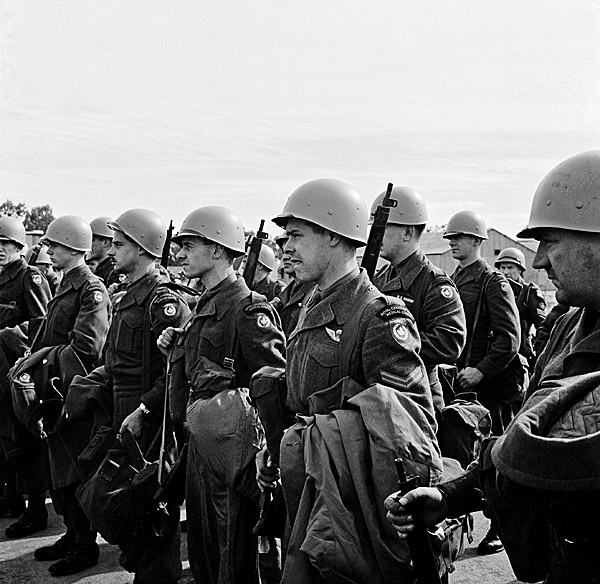
UN Photo
The first United Nations (UN) peacekeeping force in Egypt in 1956 successfully kept the Suez Crisis from erupting into large-scale war. It wasn't easy, though. It took a lot of hard work and creative problem solving to make it work.
Egypt was hesitant when the UN suggested sending Canadian troops there. Canada has close historical ties to Britain, which was one of the countries initially involved in the Suez Crisis. It also didn't help that our armys uniforms looked like those of the British – and that we were planning to send a battalion called the "Queen's Own Rifles." In the end, Canadian troops went and contributed much–needed administrative, logistical and engineering support.
To distinguish themselves as members of the international contingent, Canadians and the other UN Forces painted their vehicles and helmets blue. In the process, they created the well–known symbol of UN peacekeeping–the blue helmet.
United Nations Peacekeepers Awarded the Nobel Peace Prize
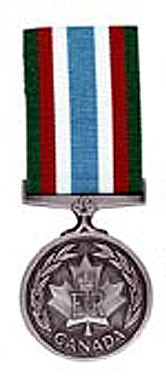
Photo: DND
In 1988, the Nobel Peace Prize was awarded to all those who had served in United Nations peace support efforts over the years. Thousands of Canadian Forces members, like those who had served in places such as Egypt, the Congo, Cyprus and the Golan Heights, were honoured for their work in helping to end bloodshed and promote peace in troubled spots around the world.
This award inspired the creation of the Canadian Peacekeeping Service Medal in 2000. It is awarded to Canadians who served in an international peace support operation.
Fighting the Cold War
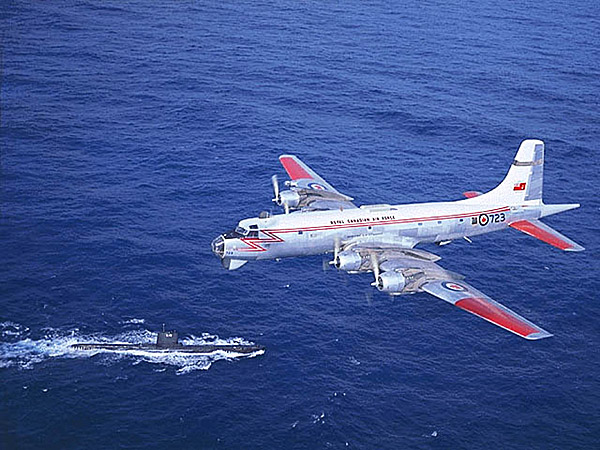
Photo: DND
The Cold War began almost as soon as the Second World War ended. The Iron Curtain descended across Europe and divided Soviet-dominated communist countries in the east, from democratic countries (including Canada) in the west.
This standoff was called the Cold War because there was never direct fighting between the main forces. Instead, the two sides competed for power in world affairs, with both sides soon possessing large stockpiles of nuclear weapons. It set the stage for a tense showdown that would last for decades.
Soviet submarines and bombers stealthily probed our coastal waters and the edges of our airspace. Canadian ships and aircraft constantly patrolled our frontiers. Tens of thousands of Canadians Forces personnel were stationed in Western Europe to help counterbalance the communist troops massed in Eastern Europe. Canadian Forces members were on alert for decades, ready for an attack that never came.
Izzy Dolls: A Legacy Lives On
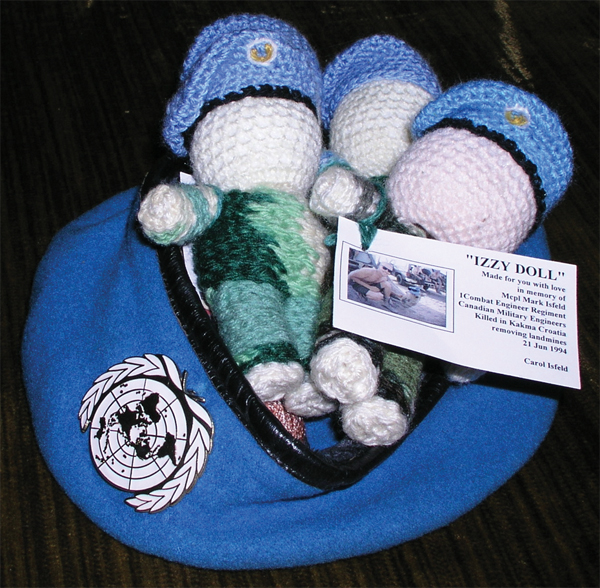
Photo: Courtesy of Isfeld family
Canadian Forces members have put their lives on the line countless times in the course of international peace support efforts. Master Corporal Mark Isfeld, a combat engineer from British Columbia who removed landmines, died in Croatia on June 21, 1994, in a landmine explosion. It had been his third tour of duty in a peace support mission within a three year span.
Isfeld was known for distributing small homemade dolls that looked like peacekeepers to the young people living in the conflict areas where he served. After his death, others took up this work and called them "Izzy Dolls."
Hockey Night in Afghanistan
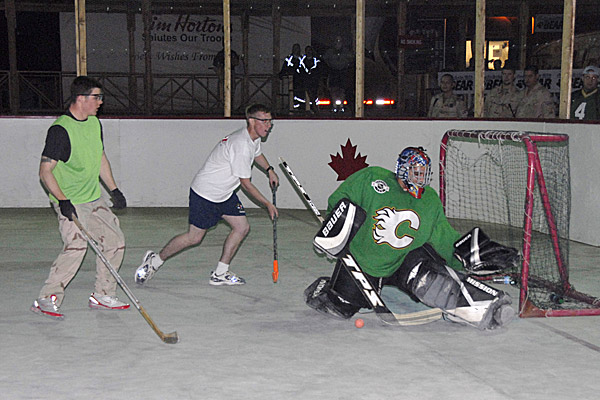
Photo: Canadian Forces Combat Camera/IS2006-1163
There aren't many things more Canadian than hockey. Whenever you find Canadian Forces members, hockey is not far away. In Kandahar, Afghanistan, where temperatures often reach 40°C, Canadian soldiers have traded an ice rink for a ball-hockey rink. They have a 13-team league that plays three nights a week.
This little piece of Canadian life helps those serving far from home face the challenges of their posting.
Want to Know More?
Canadians mark special anniversaries in 2007 for the Battle of Passchendaele, the Dieppe Raid and the Battle of Vimy Ridge.
Check out the Veterans Affairs Canada Web site today to find out more about these important chapters in our countrys history and the Canadians who were there!
Digger the Dog in the Golan Heights
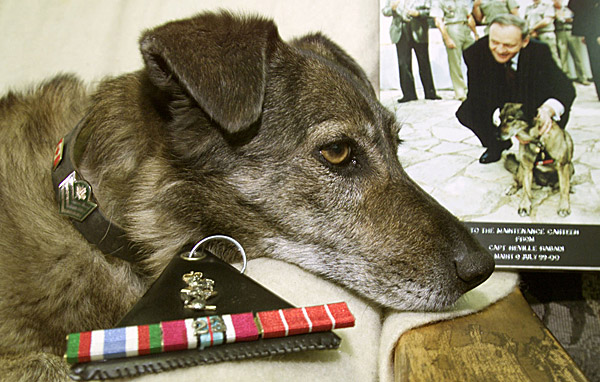
Photo: Canadian Forces Combat Camera/IS2002-2790a
Serving far from home in international peace support missions is hard. Canadian Forces members who take on these challenges sometimes try to bring some things from back home to make the situation more bearable. One way they do this is with animal companions.
Digger the dog was the official mascot of the Canadian Forces Maintenance Platoon. This platoon served in the Golan Heights of Syria as part of Canada's long-standing contribution to the United Nations (UN) mission. The lovable pooch held the honorary rank of Sergeant.
Digger completed more than 20 tours of duty in the tense buffer zone between Israel and Syria.
Canadian Forces members first went to the Golan Heights in 1974 as part of a UN mission to supervise and monitor the ceasefire between Syria and Israel. Canadians served there in considerable numbers until 2006, and a small Canadian presence remains today.
Where in the World?
This edition of Canada Remembers Times highlights the sacrifice and achievements of many Canadians in military operations around the world. Can you find exactly where in the world they've been?
- Date modified: